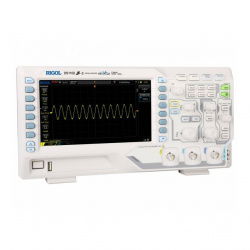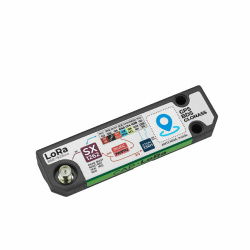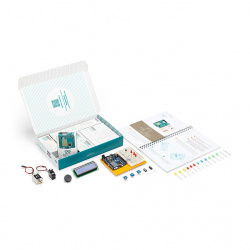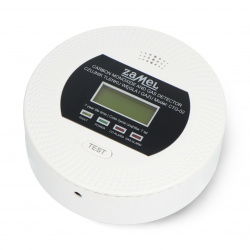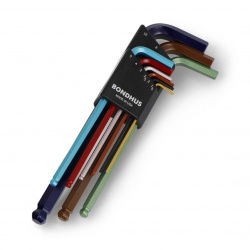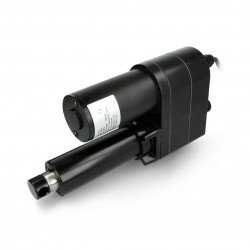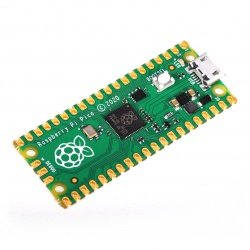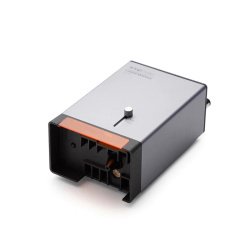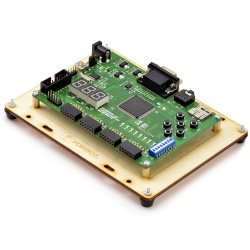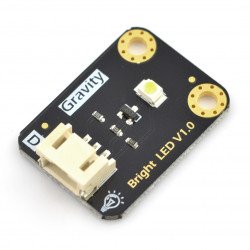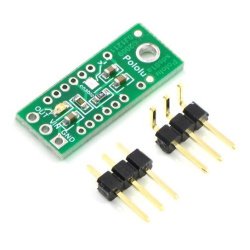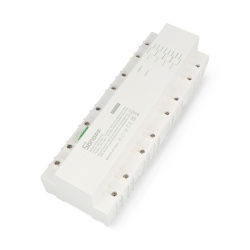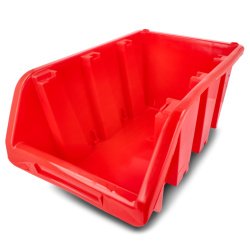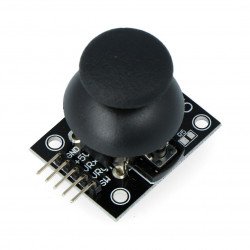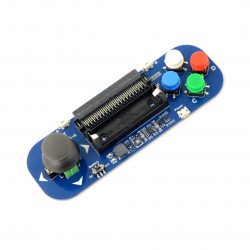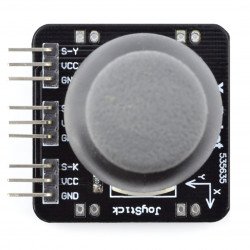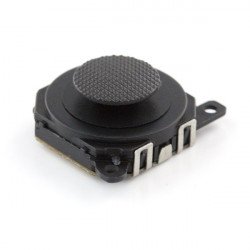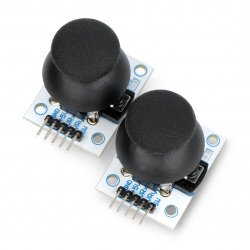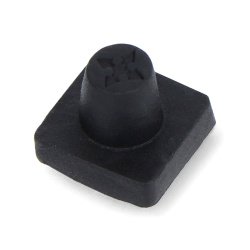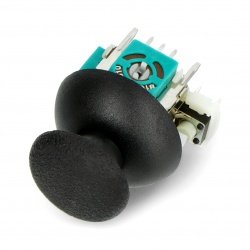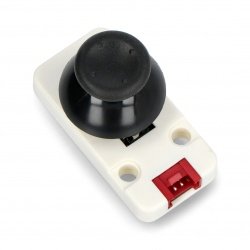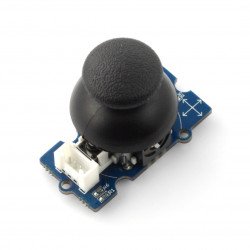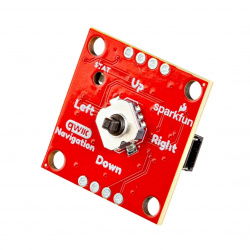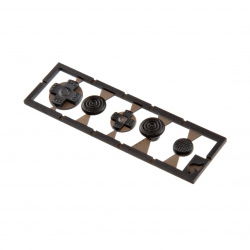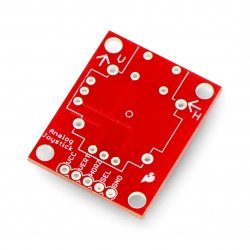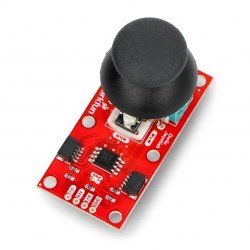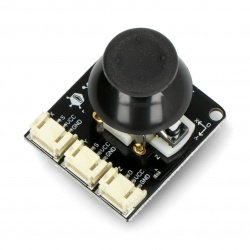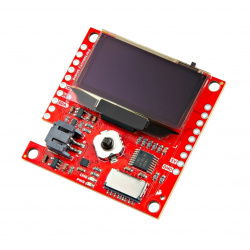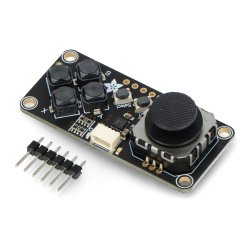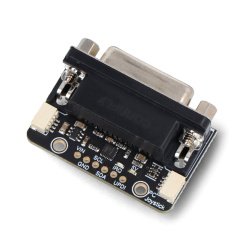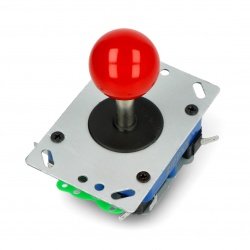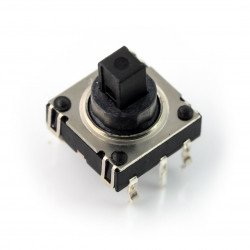How joysticks are built? And how do they work? Step by step explanation
In order to communicate with the computer, the voltage measurement system built into the joystick checks the joystick's deflection in two axes. The first axis is the X axis which represents the stick's left and right deflection. In turn, the Y axis shows the up and down movement of the stick. Thanks to this mechanism, the coordinates of the bar position are known. In a standard joystick, the joystick is integrated with a narrow rod that moves two rotating shafts - one for the X axis and one for the Y axis. But how does the mechanism within the joystick work?
Well, shifting the stick in the Y axis will move the shaft along its axis, and shifting the stick in the X axis will rotate the shaft. Diagonal movement (at an angle greater than 0 ° and less than 90 °) will make both shafts move. In turn, the built-in springs return the joystick to the neutral, starting position. In order to determine the position of the joystick stick, the machine control system will verify the position of each of the shafts using potentiometers (they are connected to the auxiliary supply voltage). Naturally, the voltage at the potentiometers is continuously measured by an analog-to-digital converter. This small component allows the information about the position of the joystick to be processed by a computer. Thanks to all the above processes, it is possible to conveniently control various devices by sending appropriate control signals - to your robot, drone or other machine!
History of joysticks
The first control device that we now call a joystick was invented at the beginning of the 20th century. It was 1909 when engineer Louis Bleriot constructed the airplane stick. Computer sticks spread much later - in the 70s and 80s.
These types of control modules were mounted in console pads and appeared as separate larger joysticks for games. As you can easily guess, the word joystick is a combination of two words - joy and stick. The current devices, however, offer much more possibilities than ordinary toy sticks that were used in antiquity and in the Middle Ages!
Versatile joysticks for embedded systems
The offer of the Botland store includes Joystick modules equipped with electronic switches, equipped with an interface compatible with embedded systems such as Arduino. So, if you want to build an electronic module to be controlled by a joystick, you've come to the right place! Choose the best device from the list above. By going to the card of a particular product, you will check its detailed parameters. Our devices are compatible with the Arduino, Raspberry Pi programmable electronics and more!
What is more, you will also find the Groove series joysticks above, which are very similar to those used on the PlayStation 2. These types of models are much appreciated because the Cartesian coordinates of the joystick stick are tracked by changes in voltage on the two potentiometers. You can also choose mini track ball components made by well-known manufacturer Grove and many other devices that will be useful for building robots or automated electronic projects. Find joysticks that best suit your needs and individual tastes!






























































































































































































































































































































